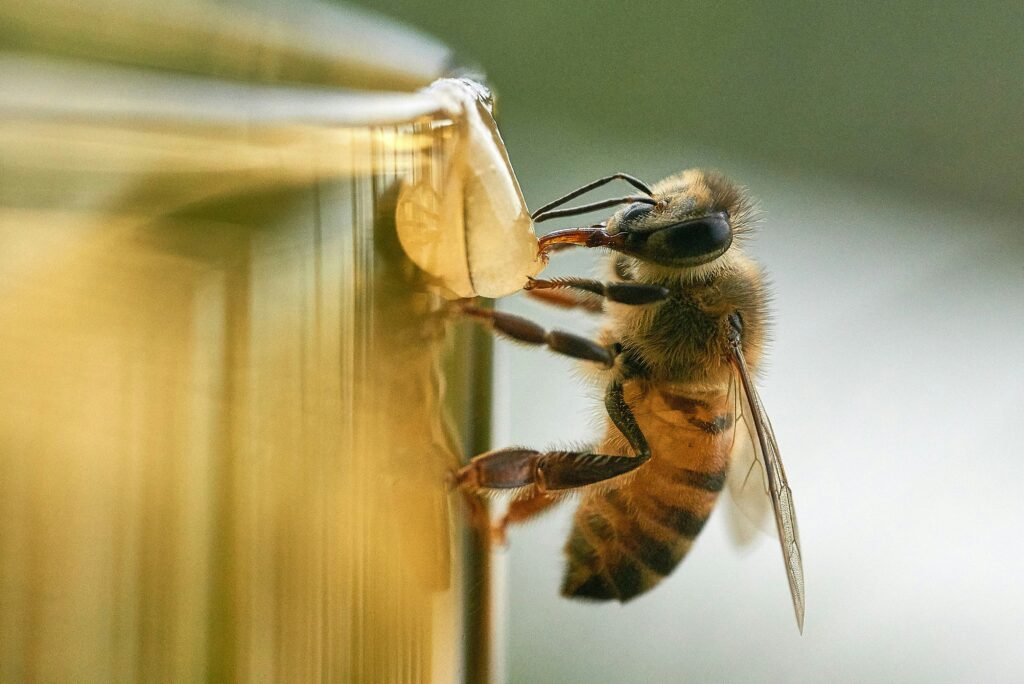Picture this: tens of thousands of creatures living together, coordinating complex tasks, sharing vital information, and making collective decisions—all without uttering a single word. While we humans rely heavily on spoken language, bees have mastered something far more elegant and precise. They’ve turned their entire bodies into living newspapers, broadcasting everything from food locations to real estate opportunities through intricate choreographed movements that would make professional dancers envious.
The Silent Symphony of the Hive
Inside every beehive exists a world where silence reigns supreme, yet communication flows more efficiently than in most human organizations. Bees don’t have vocal cords, and their ability to produce sound is limited to the buzzing of their wings. Instead, they’ve evolved one of nature’s most sophisticated communication systems based entirely on movement, touch, and chemical signals. This silent symphony allows them to share complex information about distance, direction, quality, and quantity of resources with remarkable precision. The hive operates like a well-oiled machine where every bee knows exactly what needs to be done, when, and where—all thanks to their extraordinary ability to “speak” through dance.
Meet the Waggle Dance
The most famous of all bee dances is the waggle dance, a figure-eight pattern that serves as the hive’s GPS system. When a forager bee discovers a rich nectar source, she returns to the hive and performs this mesmerizing routine on the vertical surface of the honeycomb. The dance consists of a straight run followed by a circular return, repeated over and over with mechanical precision. During the straight run, the bee waggles her abdomen from side to side while moving forward, creating vibrations that nearby bees can feel through the comb. This isn’t just random movement—it’s a carefully encoded message that contains everything another bee needs to know to find the same food source.
Decoding the Dance Floor Directions
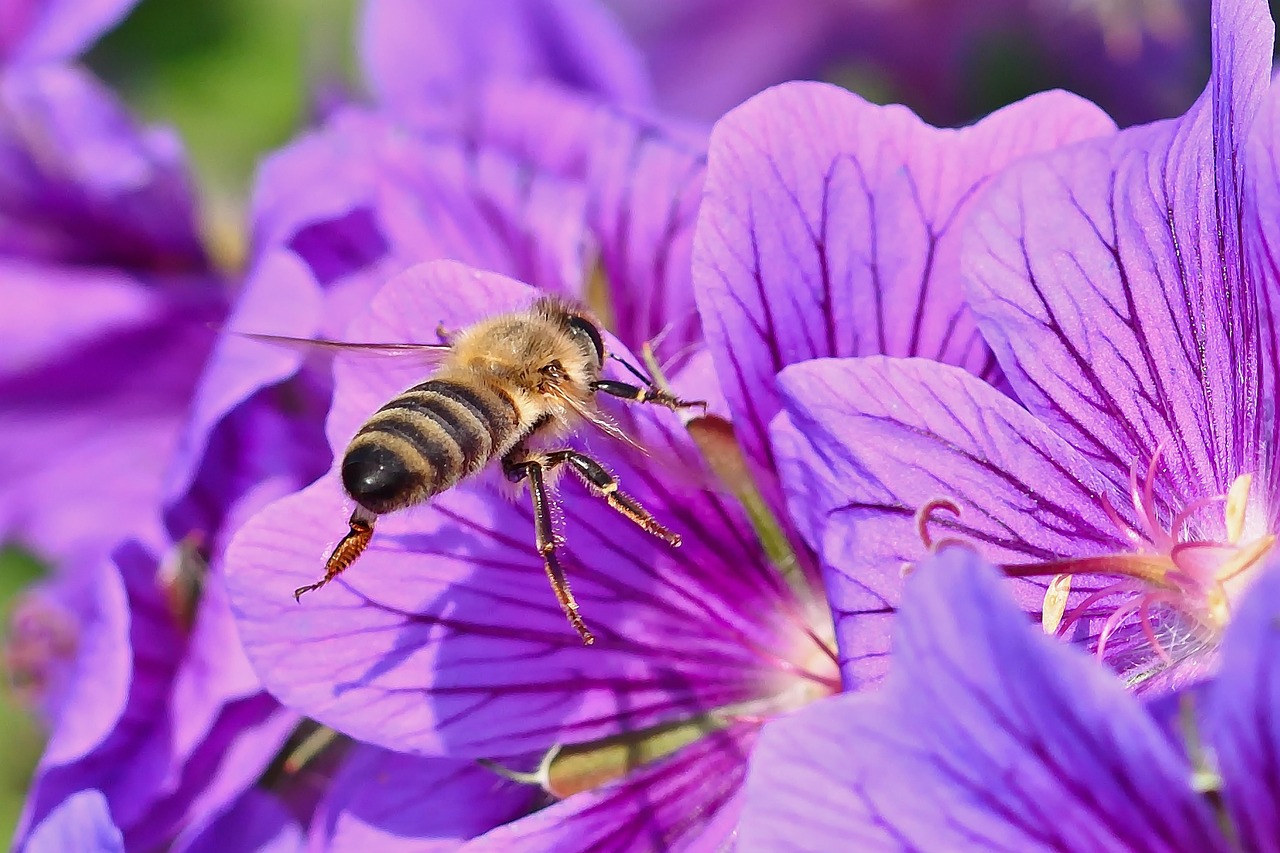
The waggle dance operates on a brilliant system where the angle of the straight run corresponds to the direction of the food source relative to the sun. If the bee runs straight up the comb, the nectar is in the direction of the sun; if she runs straight down, it’s in the opposite direction. A run angled 40 degrees to the right of vertical means the food is 40 degrees to the right of the sun’s position. This system works even on cloudy days because bees can detect polarized light patterns that remain consistent regardless of cloud cover. The precision of this directional system is so accurate that following bees can locate food sources with remarkable success rates, often finding flowers that are kilometers away from the hive.
Distance Measured in Dance Duration
While the angle tells the direction, the duration of the waggle run reveals the distance to the treasure. Closer food sources result in shorter waggle runs, while distant nectar requires longer performances. A waggle run lasting one second typically indicates a food source about 1,000 meters away, though this can vary slightly between different bee subspecies. The relationship between dance duration and distance is so consistent that researchers can predict with remarkable accuracy how far a bee traveled based solely on watching her dance. This time-distance correlation allows the hive to efficiently allocate its workforce, sending more bees to closer, easily accessible food sources when energy conservation is crucial.
The Intensity Factor
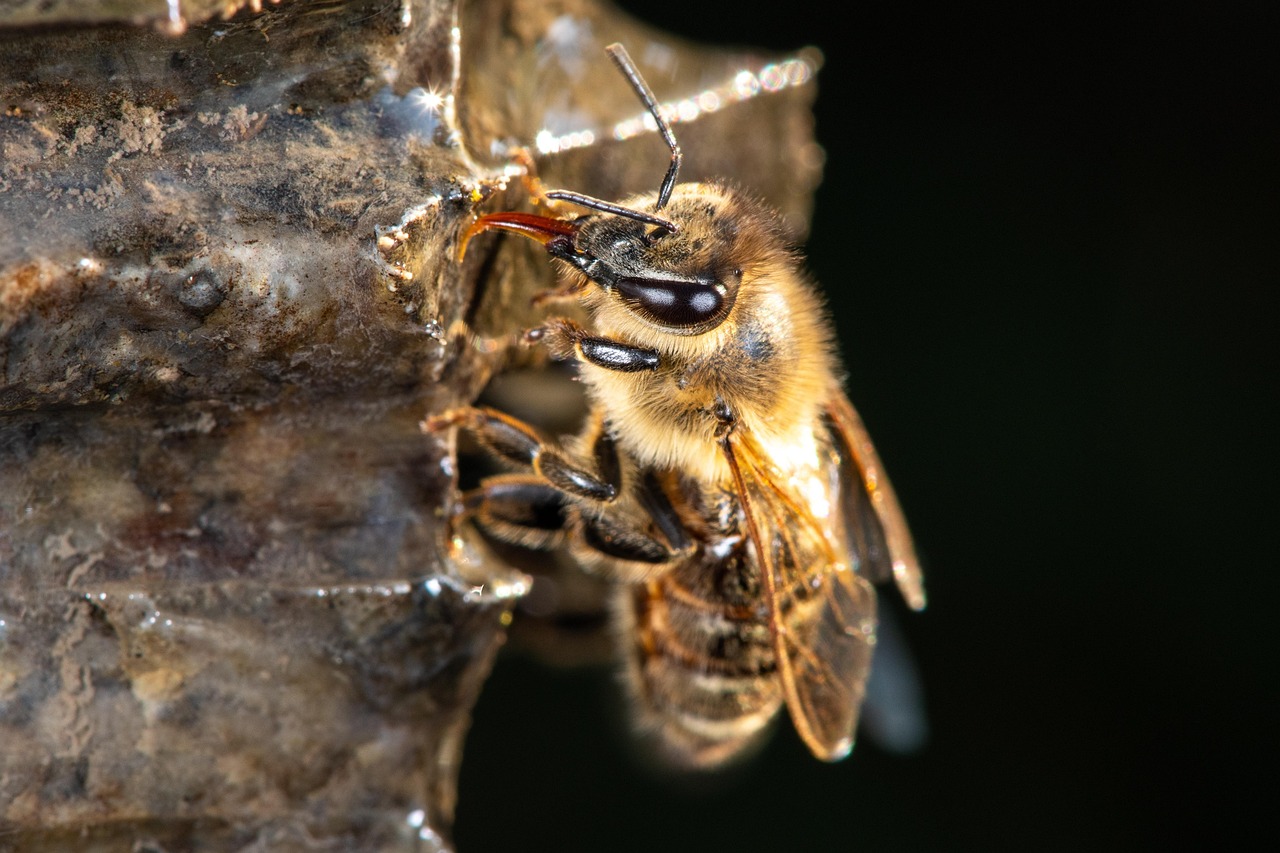
Not all dances are created equal, and bees are excellent at conveying enthusiasm about their discoveries. The vigor and duration of the entire dance performance communicate the quality of the food source. A bee that has found an exceptionally rich patch of flowers will dance with more energy, perform more waggle runs, and continue dancing for longer periods. She might even return multiple times to repeat her performance, recruiting more and more workers to join her expedition. Conversely, a mediocre food source receives a lackluster dance that fails to generate much interest among potential recruits. This quality assessment system ensures that the colony’s limited workforce is directed toward the most profitable foraging opportunities.
Round Dances for Nearby Treasures

When food sources are very close to the hive—typically within 50 meters—bees perform a different dance altogether called the round dance. This simpler circular movement lacks the directional information of the waggle dance because nearby food sources can be found through scent alone. The round dance serves as a general alert system, informing other bees that good food is available in the immediate vicinity. The dancing bee often shares samples of the nectar or pollen she’s collected, allowing recruits to learn the specific scent they should search for. This dual-dance system demonstrates the bees’ efficiency in tailoring their communication method to the specific needs of the situation.
The Power of Touch and Vibration
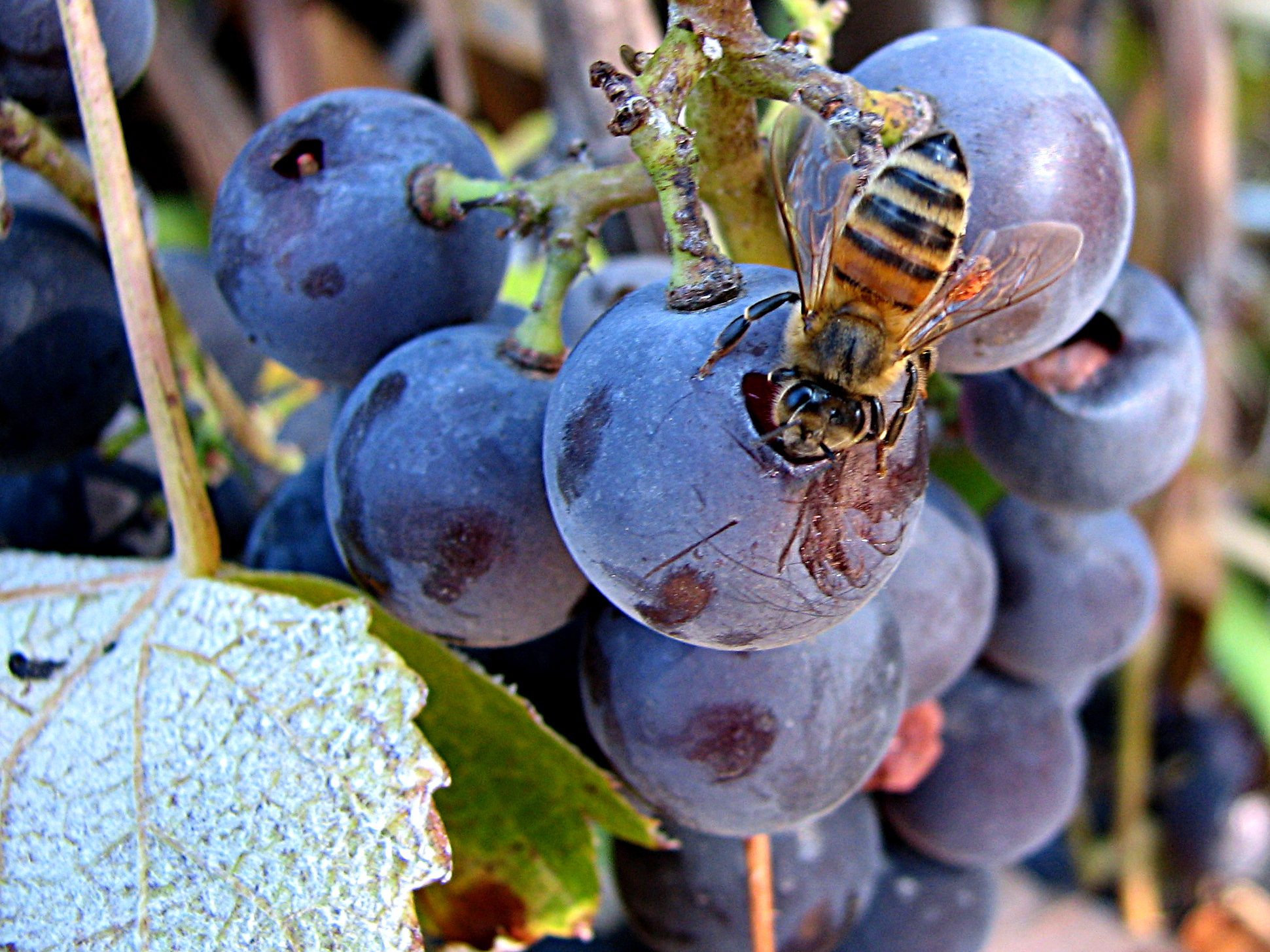
The dance floor in a beehive is never a solo performance—it’s an interactive experience where information flows through physical contact. As the dancing bee performs her routine, other bees crowd around her, touching her with their antennae and feeling the vibrations she creates through the comb. These follower bees can sense the dancer’s movements, detect the chemicals on her body that indicate what type of flowers she visited, and even taste samples of nectar she might regurgitate. The vibrations created during the waggle run travel through the honeycomb structure, allowing bees positioned some distance away to pick up the signal. This multi-sensory communication system ensures that the message reaches as many potential recruits as possible.
Chemical Messages That Complement Movement
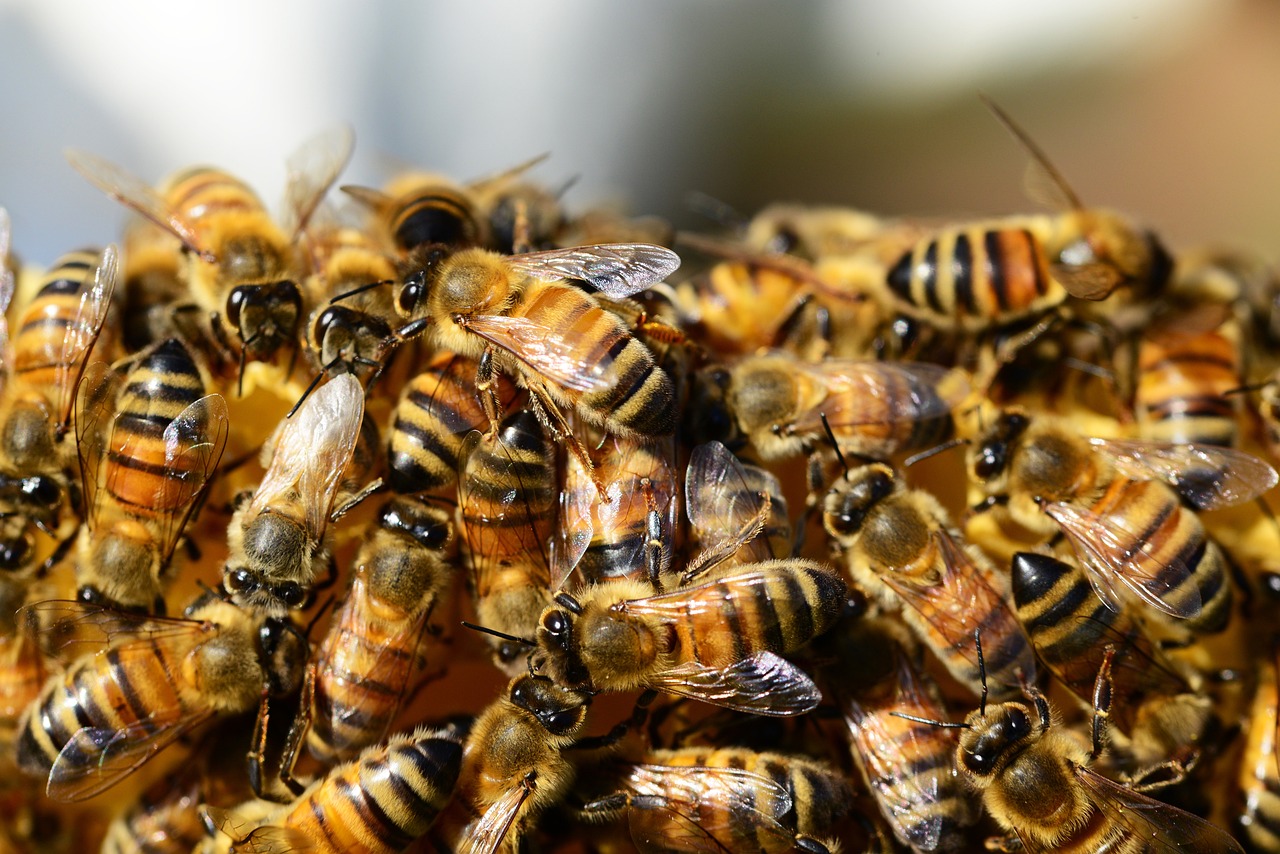
While the dance provides the roadmap, chemical signals add the crucial details that make successful foraging possible. Dancing bees carry the scent of the flowers they visited on their bodies, and they often share actual samples of nectar or pollen with their audience. This chemical information helps recruits identify the specific type of flower they should seek once they reach the general area indicated by the dance. The combination of movement and chemistry creates a communication system far more detailed than human language could convey in the same amount of time. Imagine being able to not only tell someone where the best restaurant in town is located but also let them taste the food before they decide to go—that’s essentially what dancing bees accomplish.
Tremble Dances and Labor Management

Beyond food location, bees have developed specialized dances for workforce management that would impress any corporate efficiency expert. The tremble dance is performed by forager bees when they return to find the hive’s unloading crews overwhelmed and unable to process incoming nectar quickly enough. This dance involves the bee walking over the comb surface while vibrating her flight muscles, creating trembling movements that signal the need for more house bees to stop what they’re doing and help with nectar processing. The tremble dance effectively recruits additional workers to handle the influx of resources, preventing bottlenecks that could reduce the colony’s overall productivity. This dance can shift the labor allocation within the hive in a matter of minutes, demonstrating the remarkable flexibility of bee society.
Stop Signals and Traffic Control
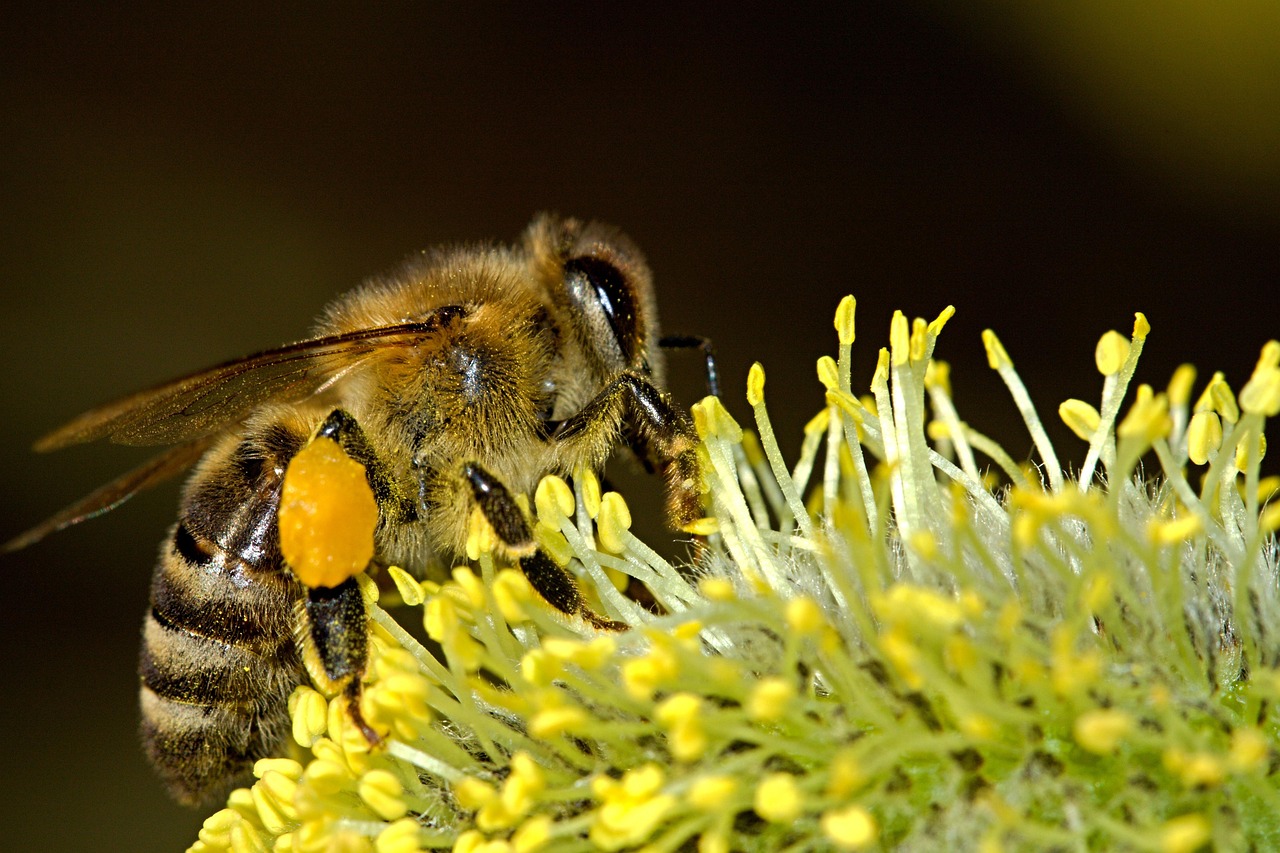
Sometimes the most important message is “stop,” and bees have developed a specific signal for this purpose too. When a food source becomes depleted or overcrowded, returning foragers perform stop signals by delivering brief head-butts to dancing bees, often accompanied by a short buzzing sound. These stop signals effectively end recruitment dances, preventing additional bees from wasting energy on trips to exhausted food sources. The system works so efficiently that recruitment can be shut down within minutes of a food source running dry. This rapid response capability prevents the colony from continuing to invest resources in unprofitable foraging activities, showcasing the dynamic nature of bee communication.
Seasonal Variations in Dance Behavior
The bee dance language adapts to seasonal changes and environmental conditions in fascinating ways. During spring when flowers are abundant but scattered, dances tend to be more frequent and varied as bees communicate about multiple small food sources. In contrast, during late summer when large patches of flowers like sunflower fields are available, fewer but more intense dances direct massive numbers of foragers to these concentrated resources. Weather conditions also influence dance behavior—on windy days, distance measurements in dances become less precise, and bees compensate by dancing more vigorously to ensure their message gets through. These seasonal adaptations demonstrate that the dance language is not rigid but rather a flexible communication system that responds to environmental pressures.
Learning the Language of Movement

Young bees don’t instinctively know how to interpret dance language—they must learn it through observation and practice, much like human children learning to speak. Newly emerged worker bees spend time following experienced dancers, gradually learning to decode the complex relationship between movement patterns and spatial information. Research has shown that bees with more dance-following experience become better at locating food sources, suggesting that proficiency in dance interpretation improves with practice. Some bees even appear to be better dancers than others, with certain individuals consistently attracting larger audiences and recruiting more followers. This learning component adds another layer of sophistication to what already ranks as one of nature’s most complex communication systems.
When Dance Communication Fails
Despite its remarkable efficiency, the bee dance system isn’t perfect, and understanding its limitations reveals just how challenging communication in the natural world can be. Obstacles like buildings, hills, or dense forests can make it impossible for recruits to fly in a straight line to the food source, leading to confusion and failed foraging attempts. Weather changes between the time of dancing and the arrival of recruits can also cause problems—if the sun goes behind clouds or the wind shifts dramatically, the directional information becomes outdated. Additionally, some bees simply aren’t good at following dance instructions, either due to inexperience or individual variation in sensory abilities. These failures highlight that even the most sophisticated natural communication systems face real-world challenges that require constant adaptation and redundancy.
The Evolution of Silent Communication
The bee dance language represents millions of years of evolutionary refinement, shaped by the unique challenges of social insect life. Unlike solitary creatures that only need to communicate during mating, social bees require constant information exchange to coordinate the activities of tens of thousands of individuals. The evolution of dance communication likely began with simple movements that gradually became more sophisticated as colonies grew larger and foraging ranges expanded. Fossil evidence suggests that the basic dance patterns have remained remarkably stable for millions of years, indicating that this communication system reached an optimal form long ago. The fact that different bee species have developed similar dance languages independently suggests that movement-based communication offers unique advantages for social insects that vocal communication simply cannot match.
Modern Technology Meets Ancient Communication

Scientists today use advanced technology to decode and even replicate bee dance language, opening new frontiers in understanding animal communication. High-speed cameras capture dance movements in minute detail, while sensitive microphones detect the subtle vibrations and sounds that accompany bee dances. Researchers have even built robotic bees that can perform simplified dance movements, successfully recruiting real bees to artificial food sources. These technological advances are revealing that bee dance communication is even more complex than previously thought, with layers of information that scientists are still working to fully understand. The intersection of ancient biological wisdom and modern technology continues to unlock secrets of the hive that could inspire new approaches to human communication and coordination challenges.
The next time you see a bee visiting flowers in your garden, remember that she’s not just collecting nectar—she’s gathering intelligence that she’ll soon transform into an intricate dance performance back at the hive. This remarkable system of movement-based communication has allowed bees to thrive for millions of years without ever speaking a word. In our increasingly noisy world, perhaps there’s something to be learned from creatures who have mastered the art of saying everything they need to say through the simple elegance of movement. What other secrets might be hidden in the silent languages that surround us every day?

